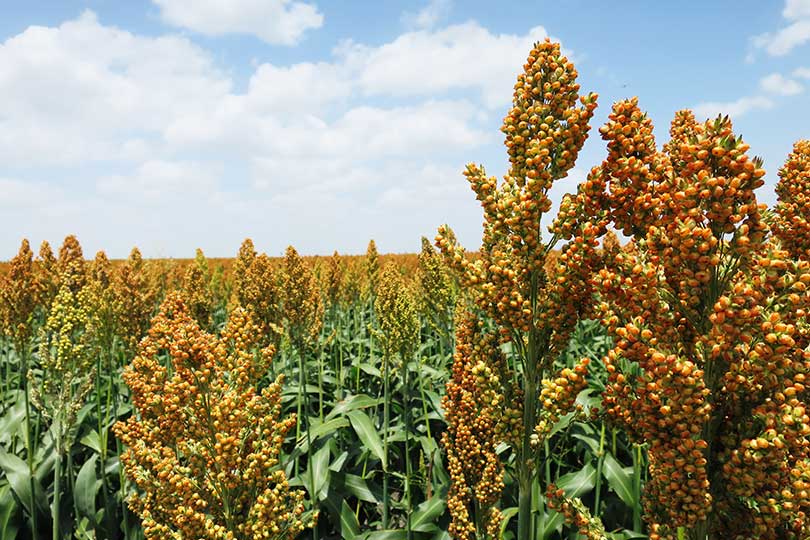Sugarcane aphids continue to wreak havoc on Texas farms.
The tiny pest caused about $31 million in damage in the 2014 and 2015 growing seasons, according to The Monitor.
That’s a significant amount. Especially when farmers in the Lower Rio Grande Valley usually plant 350,000 acres of grain sorghum annually.
A survey, conducted by Dr. Samuel Zapata from Texas A&M AgriLife Research and Extension Center in Weslaco, found that growers in the area were losing about $62 per acre.
But, Zapata noted, the loss per acre could have been much greater had growers not followed AgriLife recommendations—timely use of insecticides, the use of more tolerant sorghum varieties and planting early.
“What we found is that due to following those recommendations, growers were able to save, or protect, about $48 per acre,” he said. “We also found that for every dollar spent on controlling the sugarcane aphid, growers were able to protect about $4.50 in crops, so it’s obviously been a good idea to follow the recommendations provided by AgriLife and producers’ associations.”
But the Lone Star State’s typical hot, dry weather is the ideal climate for sugarcane aphids.
“We’re recommending growers scout their fields every two to three days and spray as needed,” said Danielle Sekula-Ortiz, AgriLife Extension integrated pest management agent in Weslaco.

